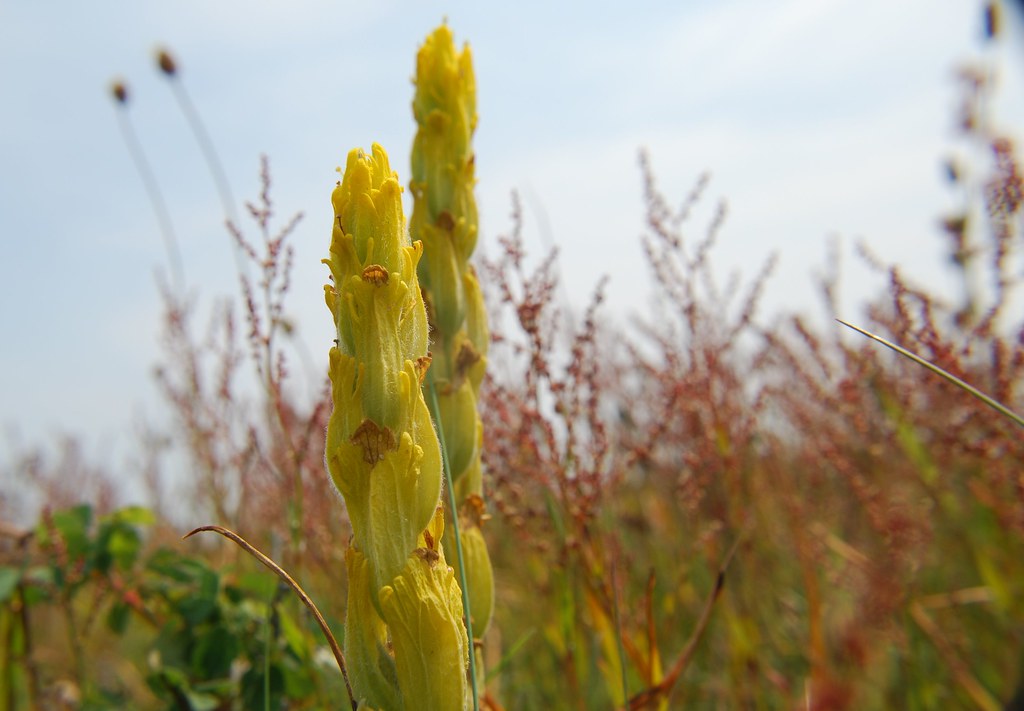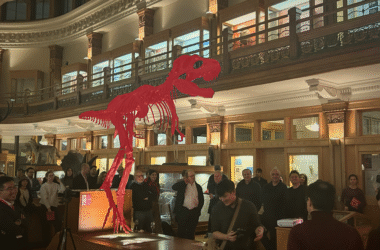From the boreal forests of Newfoundland to the majestic Douglas firs of British Columbia, Canada boasts some of the most astounding plant life the world has to offer. Yet, Canada’s flora are becoming increasingly threatened by climate and land-use change. Conservation biology is an important area of scientific research that recommends strategies to conserve and protect wildlife in the face of these challenges. However, problems arise when scientists lack the data necessary to determine which conservation efforts to pursue.
A recent comprehensive study released by McGill’s Hargreaves Lab explores the extent to which at-risk plant species are under-represented in conservation research. A critical factor in this study is the location of species within their native ranges, the geographic region where a particular plant type can be found during its lifetime. Since Canada stretches so far north, many species are found in the most extreme conditions that they can withstand. This peripherality is defined as the occupation of 20 per cent or less of a plant’s total range and has become a point of contention in conservation policy.
“A species at its range edge has two options,” Pascale Caissy, a Hargreaves Lab alumna and one of the lead authors of the paper, said in an interview with The McGill Tribune. “It is either really well-adapted to harsher conditions, or it’s doomed and cannot cope. That’s why there is so much controversy around protecting [range-edge species].”
Using spatial analysis while reviewing the literature, the study found that over 75 per cent of threatened plant species in Canada are considered peripheral. Notably, the plants in most dire need of habitat protection are found within the smallest portion of their range. Researchers suggest that the prevalence of at-risk species living near or within the edges of their range is especially troubling, and requires increased attention from conservation groups.
For years, plant biologists have posited that range-edge populations are important guardians of biodiversity, as they may acquire special traits that other members of the same species do not possess. As the climate crisis intensifies and Canada’s southern regions continue to warm, these plant taxa are left in a precarious position as they begin to shift northward in an attempt to remain within their preferred temperature conditions.
“We don’t know how often range-edge populations are critical in climate-driven range shifts globally, or in Canada,” Dr. Anna Hargreaves, co-author of the study, wrote in an email to the Tribune. “We don’t have the data, and that is one of the most important points the paper makes.”
The lack of data on endangered plant species makes it more difficult for organizations such as the Committee on the Status of Endangered Wildlife in Canada (COSEWIC) to determine the threat status of many native plants. According to the study, only 3.7 per cent of at-risk plant species in Canada have their habitat area protected.
The limited research into endangered plant species is surprising, given the praise that Canada receives for its animal conservation efforts. Taxonomic bias, the tendency of research to be focused on well-known, congenial organisms, puts plants at a disadvantage—especially if they are at their range edge. For example, the at-risk marbled murrelet is featured in more than 50 scientific studies, while many peripheral plants receive little attention in scientific publications.
“I think people easily relate to animals and their stories, whereas plants live out their life on a different timescale than people, so we don’t always relate to them,” Hargreaves wrote.
Neglecting smaller, peripheral plants because they are not as beloved as polar bears or whales leaves scientists with an incomplete picture of our ecosystems. Yet, nature does not exist in a vacuum; if the plant life essential to ecosystem function is not protected, then the entire community is put at risk.
“Conservation is a social, value-based decision, not a scientific one,” Hargreaves wrote. “Scientists can estimate how species are doing and what would happen if we lost them, but we as Canadians have to decide what we value.”








Tremendous work…so enlightening